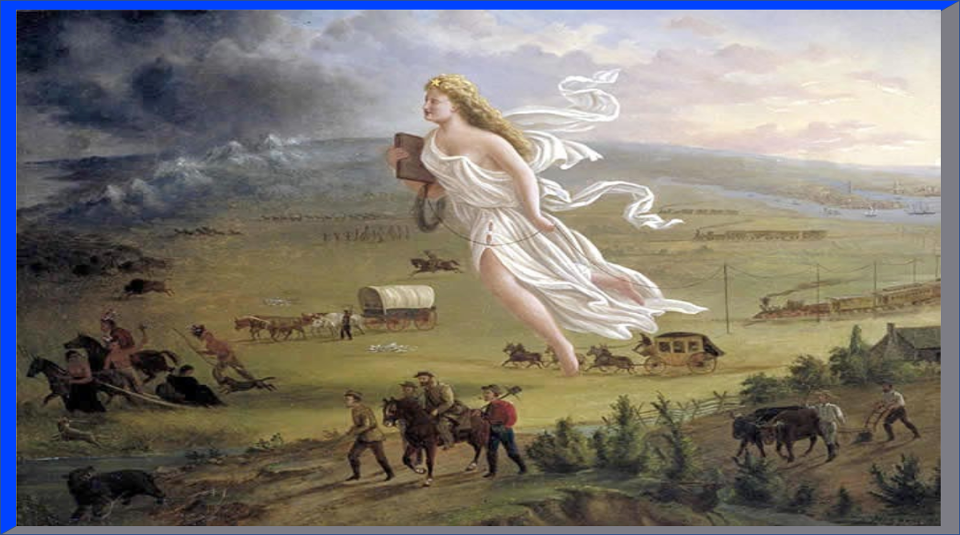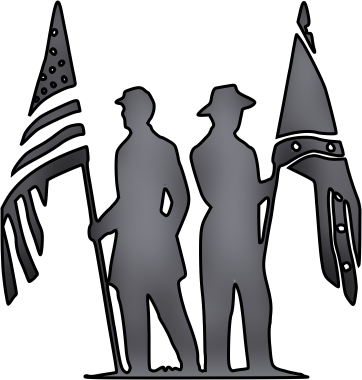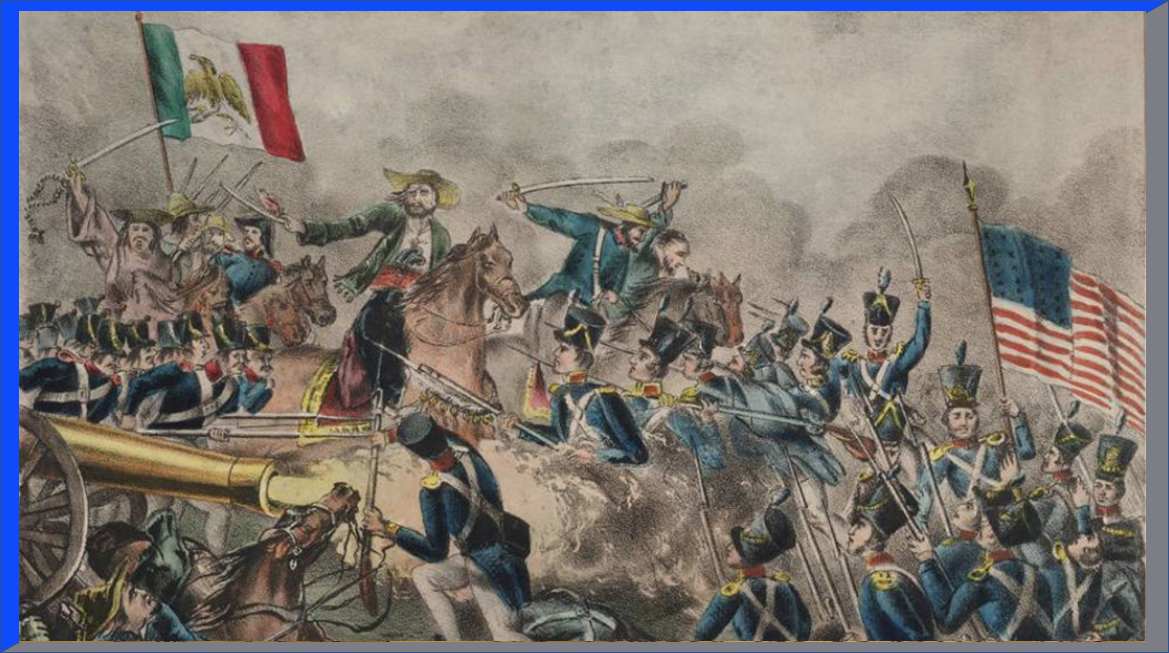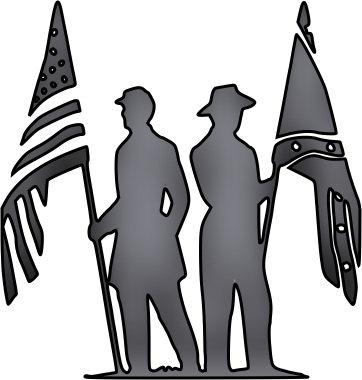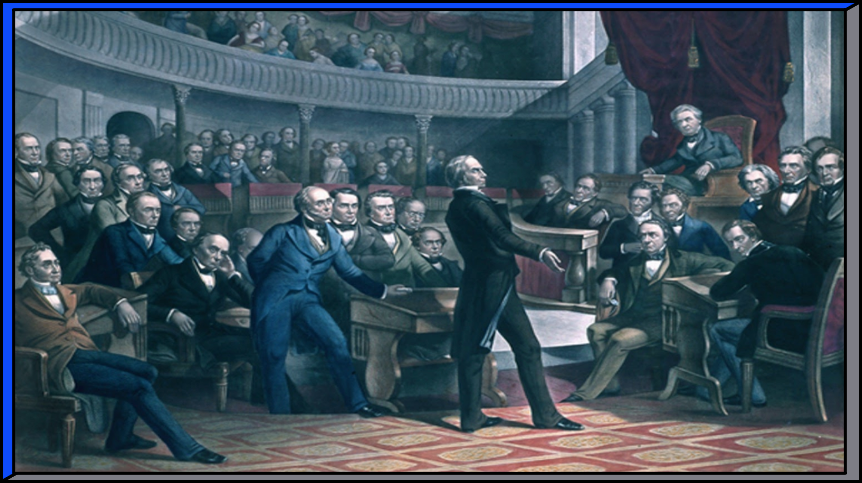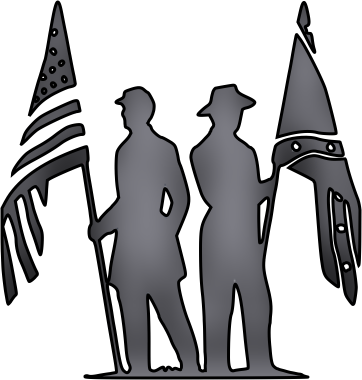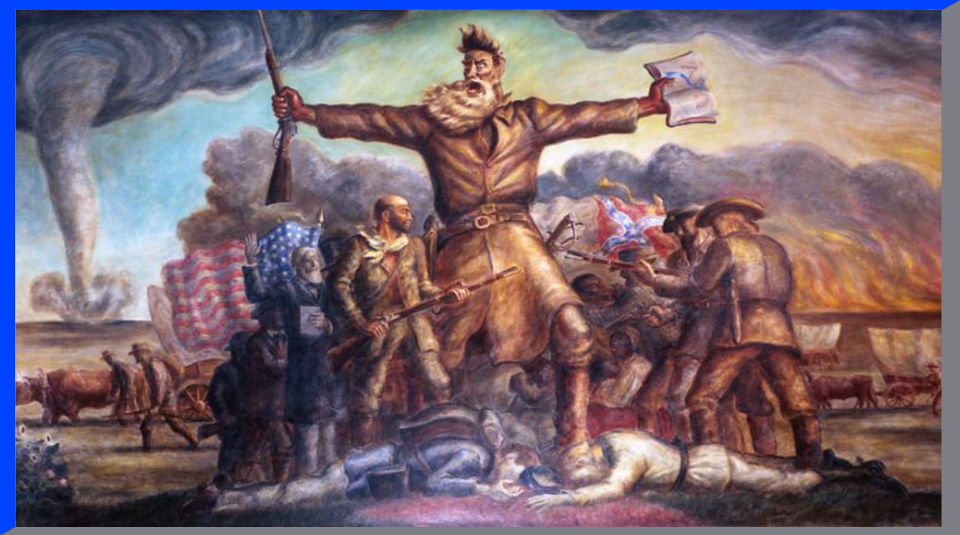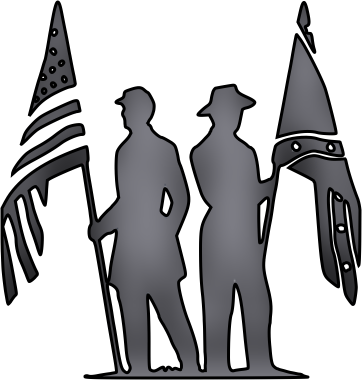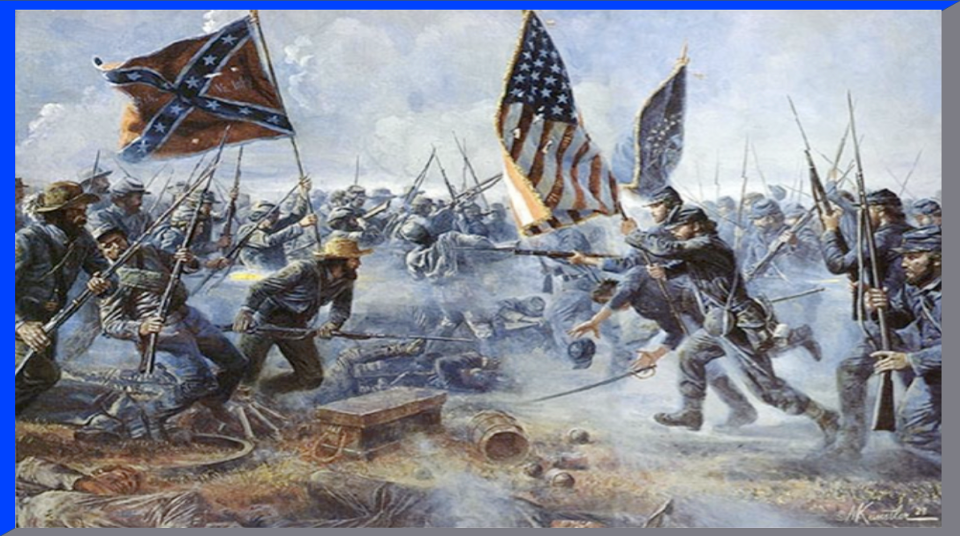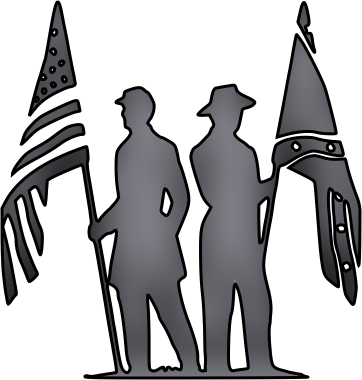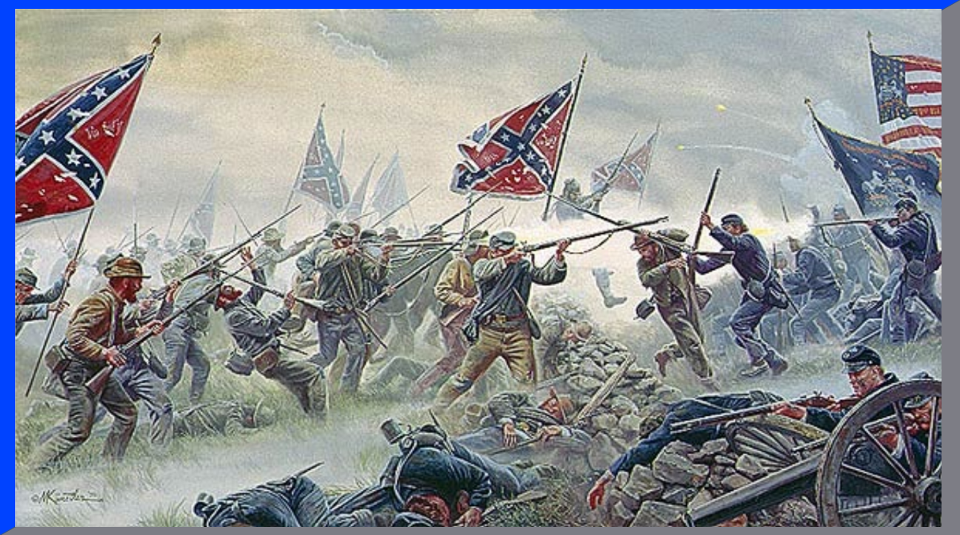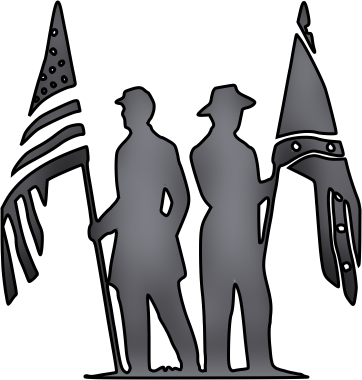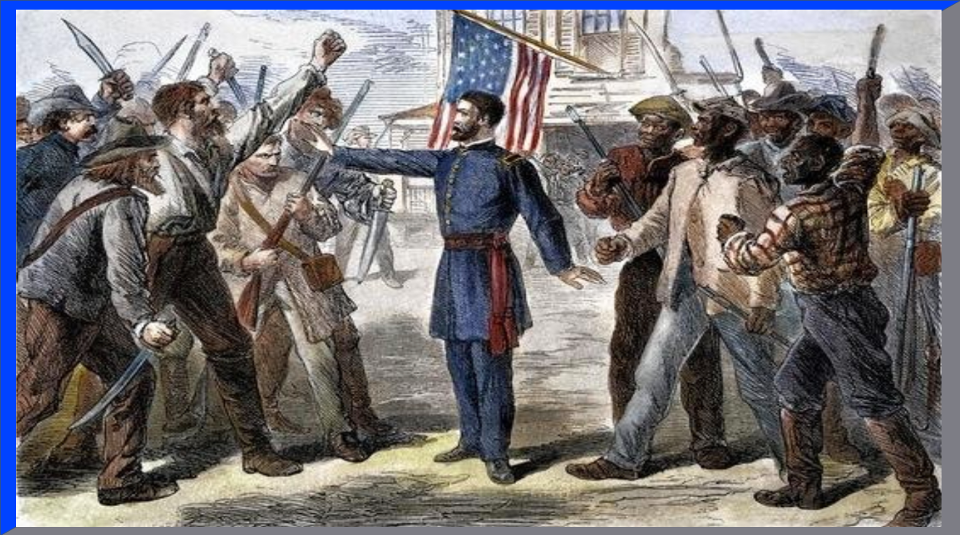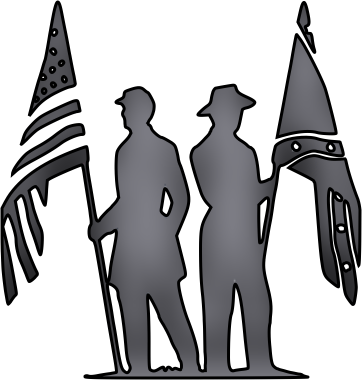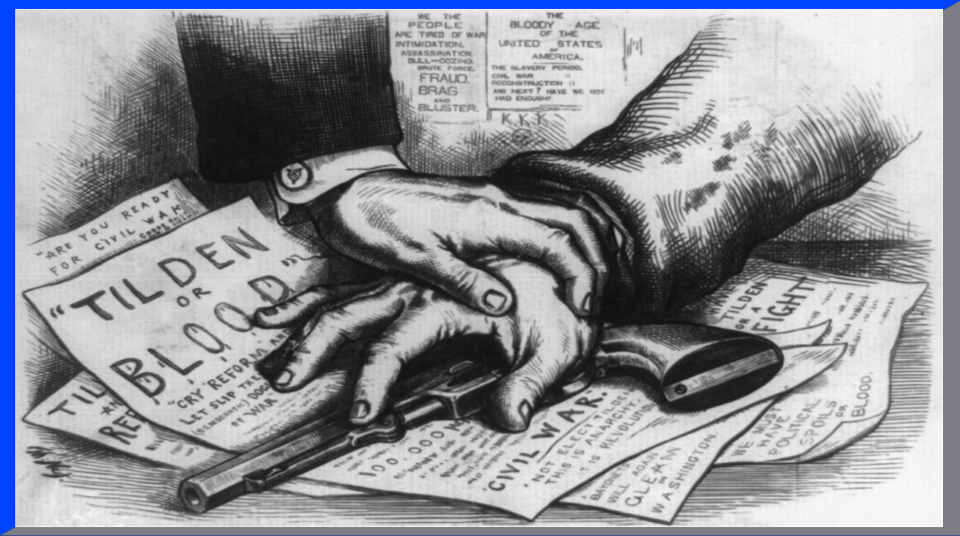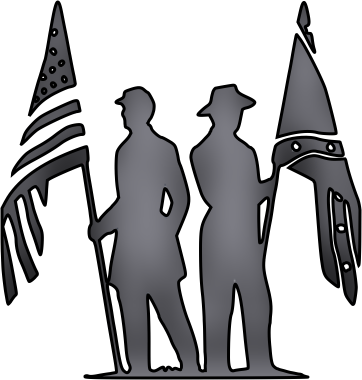-
American History
- American History Honors >
- Unit 0: 1763 - 1800 - Revolutionary America
- Unit 1: 1800 - 1848 - Expansion & Reform
- Unit 2: 1848 - 1877 - A Nation Divided
- Unit 3: 1865 - 1898 - The Gilded Age
- Unit 4: 1890 - 1920 - American World Debut
- Unit 5: 1920 - 1945 - Trials and Tribulations
- Unit 6: 1945 - 1963 - Cold War Tensions
- Unit 7: 1955 - 1980 - Conflicts & Resolutions
- Unit 8: 1980 - present - Modern America
-
World History
- World History Honors
- Unit 1: (1200-1450) - State Building in the Global Tapestry
- Unit 2: (1200-1450) - Networks of Exchange
- Unit 3: (1450-1750) - Land-Based Empires
- Unit 4: (1450-1750) - Sea of Exploration
- Unit 5: (1750-1900) - Revolutions
- Unit 6: (1750-1900) - Imperial Migration
- Unit 7: (1900-present) - Global Conflicts
- Unit 8: (1900-present) - Cold War & Decolonization
- Unit 9: (1900-present) - Globalization
-
Advanced Placement (AP)
-
AP World History
>
- Unit 1: (1200-1450) - State Building in the Global Tapestry
- Unit 2: (1200-1450) - Networks of Exchange
- Unit 3: (1450-1750) - Land-Based Empires
- Unit 4: (1450-1750) - Transoceanic Interconnections
- Unit 5: (1750-1900) - Revolutions
- Unit 6: (1750-1900) - Imperial Migration
- Unit 7: (1900-present) - Global Conflicts
- Unit 8: (1900-present) - Cold War & Decolonization
- Unit 9: (1900-present) - Globalization
-
AP European History
>
- Unit I - The Rise of Europe
- Unit II - Rebirth and Exploration
- Unit III - A Fractured Faith
- Unit IV - A Question of Sovereignty
- Unit V - A Shifting Society
- Unit VI - Revolution
- Unit VII - Political Turmoil
- Unit VIII - Rise of the Nation-State
- Unit IX - Forging the Modern Era
- Unit X - Imperialism and the Great War
- Unit XI - Global Conflicts
- Unit XII - The Long Peace
-
AP World History
>
- Civic Literacy
|
KEY EVENTS
|
American settlers pour westward from the East into the Midwest, Southwest, and Texas, seeking economic opportunity in the form of land to own and farm starting a new life on the harsh frontier. The drive of Americans to conquer the unforgiving West is fueled by the concept of Manifest Destiny.
|
|
KEY EVENTS
|
A border conflict between the U.S. and Mexico soon after Texas’s addition to the Union leads the two nations into war over disputed territorial claims.
|
|
KEY EVENTS
|
The issue of slavery in the new territories continued to drive the two sections of the nation apart as a few prominent Southerners now began to discuss the possibility of secession (leaving the union) while others formed parties and compromises to end the issue.
|
|
KEY TOPICS
|
In the years prior to the outbreak of the Civil War, America seemed more and more divided by regional concerns and attitudes of one region of people against the interests of other people. This deep division grew the widest with concerns over immigration and slavery.
|
|
KEY EVENTS
|
For decades, sectionalism had split the nation into the free North and the slave South with both attempting to impose their vision of America on the nation as a whole. The election of Lincoln is seen by many Southerners as the end to their way of life. Unable to address the problems facing the nation through compromise, a civil war erupts into the bloodiest war in American history.
|
|
KEY EVENTS
|
The Emancipation Proclamation proved to be a political turning point in the war, forcing the morality of slavery to the forefront of the conflict and allowing blacks to join Union forces. However, the key to Union victory lay in the political leadership of Abraham Lincoln during the war as he expanded the role of the presidency with his war-time authority.
|
|
KEY EVENTS
|
With the Civil War fought and done, the South was left devastated and embittered by the war. Farms, railroads, and factories were destroyed throughout the South by Union forces and Richmond and Atlanta lay in ruins. Now, the nation faced the problem of figuring out where to go after the war and how to begin the restoration of a nation still deeply divided.
|
|
KEY EVENTS
|
As Reconstruction continued, one half of the nation found itself in a military occupation on the other half. This occupation was now that last attempt of the North to reform and restructure the South in the wake of the Civil War in a nation with freed slaves trying to find a new political and economic voice.
|
-
American History
- American History Honors >
- Unit 0: 1763 - 1800 - Revolutionary America
- Unit 1: 1800 - 1848 - Expansion & Reform
- Unit 2: 1848 - 1877 - A Nation Divided
- Unit 3: 1865 - 1898 - The Gilded Age
- Unit 4: 1890 - 1920 - American World Debut
- Unit 5: 1920 - 1945 - Trials and Tribulations
- Unit 6: 1945 - 1963 - Cold War Tensions
- Unit 7: 1955 - 1980 - Conflicts & Resolutions
- Unit 8: 1980 - present - Modern America
-
World History
- World History Honors
- Unit 1: (1200-1450) - State Building in the Global Tapestry
- Unit 2: (1200-1450) - Networks of Exchange
- Unit 3: (1450-1750) - Land-Based Empires
- Unit 4: (1450-1750) - Sea of Exploration
- Unit 5: (1750-1900) - Revolutions
- Unit 6: (1750-1900) - Imperial Migration
- Unit 7: (1900-present) - Global Conflicts
- Unit 8: (1900-present) - Cold War & Decolonization
- Unit 9: (1900-present) - Globalization
-
Advanced Placement (AP)
-
AP World History
>
- Unit 1: (1200-1450) - State Building in the Global Tapestry
- Unit 2: (1200-1450) - Networks of Exchange
- Unit 3: (1450-1750) - Land-Based Empires
- Unit 4: (1450-1750) - Transoceanic Interconnections
- Unit 5: (1750-1900) - Revolutions
- Unit 6: (1750-1900) - Imperial Migration
- Unit 7: (1900-present) - Global Conflicts
- Unit 8: (1900-present) - Cold War & Decolonization
- Unit 9: (1900-present) - Globalization
-
AP European History
>
- Unit I - The Rise of Europe
- Unit II - Rebirth and Exploration
- Unit III - A Fractured Faith
- Unit IV - A Question of Sovereignty
- Unit V - A Shifting Society
- Unit VI - Revolution
- Unit VII - Political Turmoil
- Unit VIII - Rise of the Nation-State
- Unit IX - Forging the Modern Era
- Unit X - Imperialism and the Great War
- Unit XI - Global Conflicts
- Unit XII - The Long Peace
-
AP World History
>
- Civic Literacy








